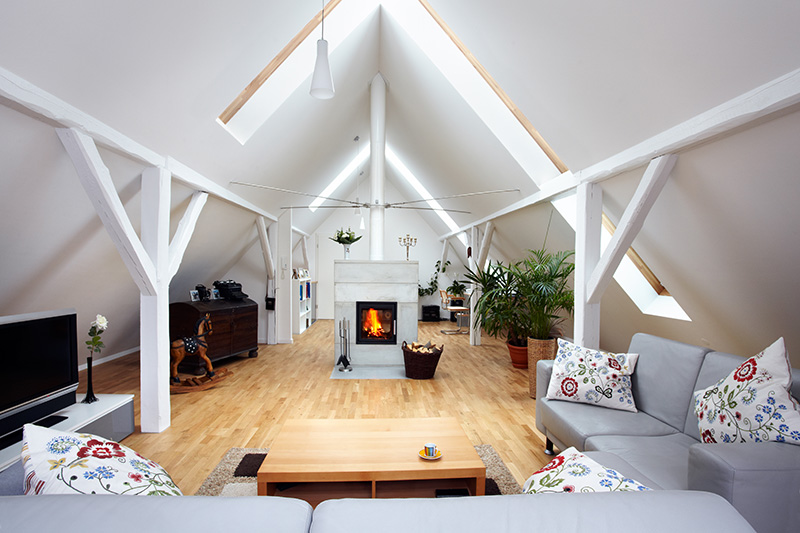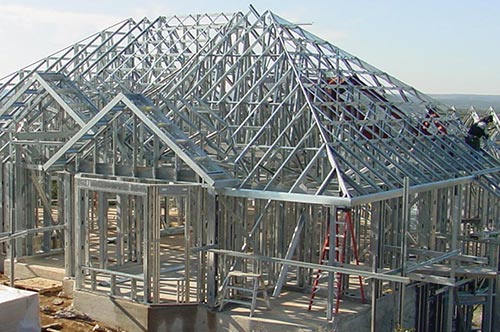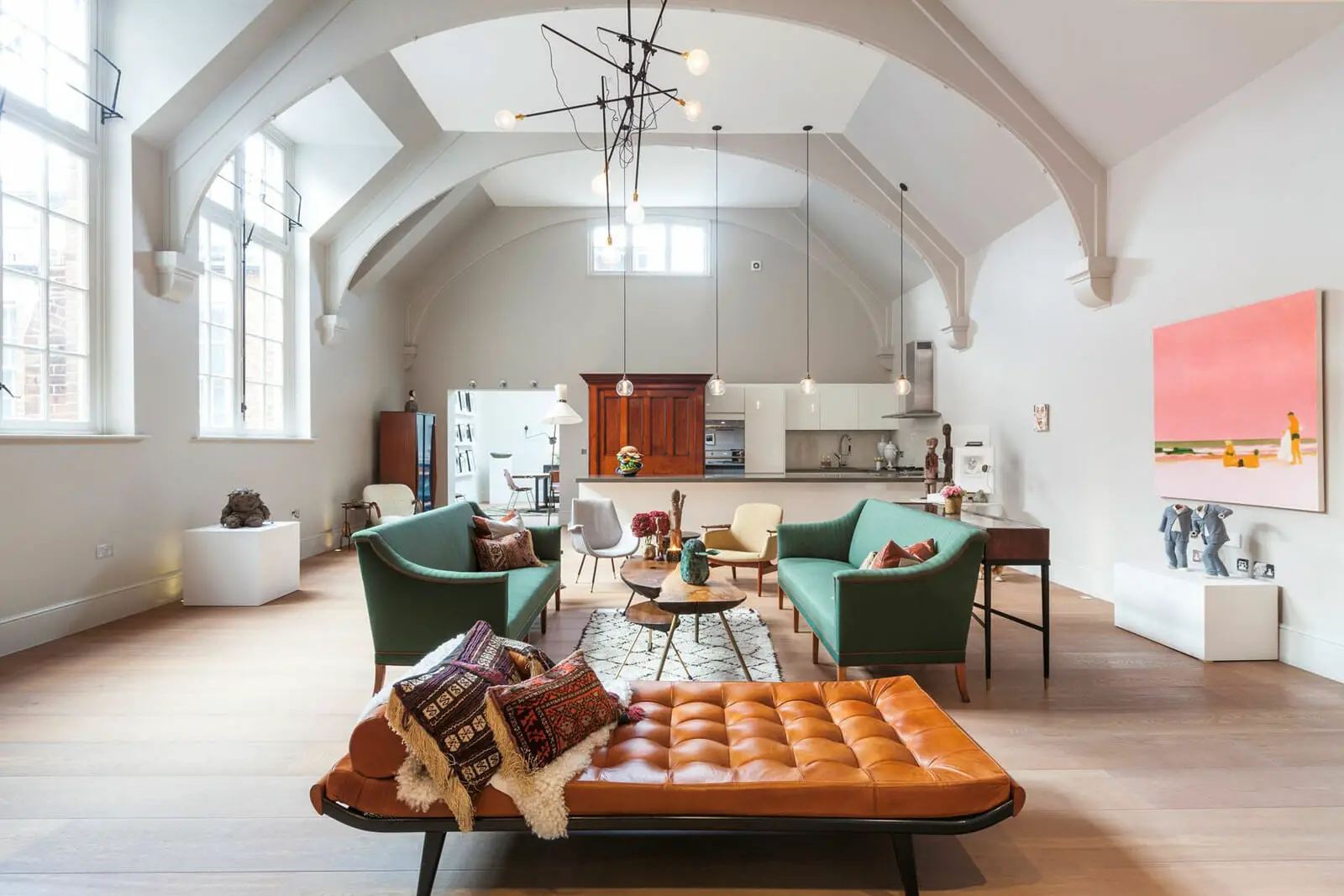If you just moved into a new build property, one of the first major renovation changes you may be considering is adding an additional room. If you work within the building industry, you may have the experience and skillset to complete the project yourself. However, most homeowners will enlist the services of a specialist loft conversion company to oversee the build. This option not only saves time but depending on how grand a space you are looking to create, can also be highly cost-effective.
So, the question you will ask is whether it’s possible to add a loft conversion to a new build property. Well, the answer is not a straightforward yes or no. There are several factors to put into consideration when thinking about converting your new build loft. Let’s have a look.
The height
Among other factors, this is probably the most important. You must have the right height measure for a successful loft conversion. If you don’t have the right amount, your options are narrowed or the cost for conversion would become unbearable.
If you can access the loft, measure the space with a simple tape measure. Record the distance between the top-most floor joists and the underside of your ridge beam. Ideally, it should be 2.4 metres or more so you have 2.2 metres left after converting.
Joists
The modern roof structure greatly affects loft conversions. Initially, roofs had few cross-sections and were made of strong thick-cut joists hence could support more weight. Since building methods have evolved, most modern buildings have thin joists and a W-shaped cross-section supported with cross-bracing to be stiff. Hence, regardless of how big the loft is, space remains a major issue.
Then again there is the supportive factor of the joists. Due to how thin they are, joists that would support and become the strong joint of your floorboards may not be that strong to reinforce the weight required for a loft conversion. However, don’t lose hope. There may be ways to expand on space so consult with experts and see the way forward.
Property rights
As weird as it may sound, the loft space you consider part of your home may not be under your ownership. Though it’s surprising, most properties including flats are under the leasehold category. In simple terms, this means a property may be considered yours making it your home but it technically belongs to another party. This may also apply to those in shared ownership and long-term renters. To be on the safe side, ensure you own the rights to alter the house or secure them first so you don’t end up losing your hard-earned money.
Building regulations
Though it’s a new build that has most likely been approved by a buildings inspector in terms of building regulations, new work no matter how small must comply with current regulations and demands inspection throughout the process. Ensure the conversion complies with the latest building regulations regardless of whether or not the project requires planning permission.
Other considerations
There are other important factors you can’t overlook. Before you start your big project, ensure you set everything right. You may need a third-party wall agreement or planning permission for you to go ahead with the loft conversion. Also, ensure you go for a conversion team that is fully covered by an insurance plan that provides insurance backed guarantee.
Does a loft conversion add value to a new build?
Experts in the industry predict that loft conversions add 20-25% value on a new build. Though it may seem like a loft conversion is ripping your pockets open, it is a worthy investment as you not only enjoy the fruits of increased accommodation but also get to earn extra when it’s time to sell the property.
How much does a loft conversion cost?
The cost may vary depending on location and other factors but majorly the style of conversion and amount of work to be done on the current roof for more space greatly affect the cost. Without other extra works and the fact that it’s a new property with only adjustments on the roof structure, a simple loft conversion may cost £15,000 to £20,000 on average.
How can I fund a loft conversion?
There are different ways to fund your loft conversion depending on your equity and ready cash. You can either;
- Re-mortgage or request your current lender for an advance known as Home Improvement Loan. You need enough equity so weigh yourself first. You must satisfy your lender’s affordability criteria and prove you can meet the extra monthly payments spread over the remaining term.
- Choose a loft conversion company that partners with a financial institution to provide third-party finance just like you may need financing when buying a car. With excellent status, you may get the financing especially since most people get them through the terms may not be that pleasing. A loft conversion is a huge investment and may demand a huge amount but every coin represents value for your money.
Final thoughts
When your dream is a fulfilling home with everything you need, you will go an extra mile for that comfort. And if you will only get it by a loft conversion instead of investing in an extra home, why not? Prepare in advance and put all factors into consideration as it is a worthy investment.






